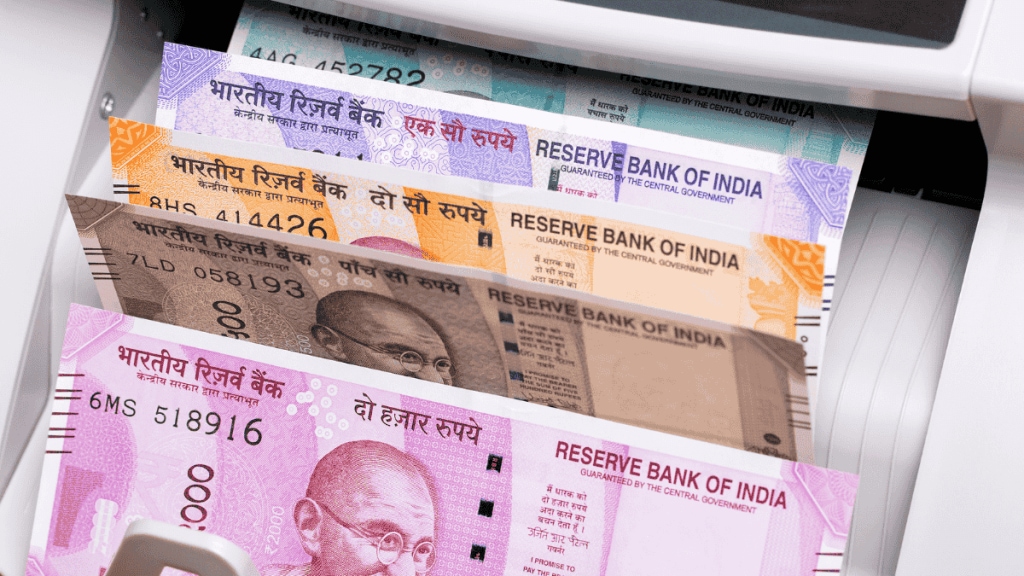India Inc entered Q1FY26 on a cautious note, holding back on large investments despite strong profits and rising cash reserves. A report by Mint highlights that in FY25, India Inc continued to hoard cash instead of putting it into new investments.
While profits improved and balance sheets stayed strong, companies preferred to return money to shareholders rather than invest in expansion.
A Mint analysis of 285 BSE-listed companies, excluding BFSI firms, showed a 12 per cent year-on-year jump in total cash holdings to Rs 5.09 trillion in FY25.
Companies prioritise survival over expansion
The Mint report highlights that despite growing cash reserves, new project announcements dropped 5 per cent in FY25. This followed a 3 per cent decline in FY24, according to CMIE’s project-tracking database.
According to Mint, companies now hold nearly 12 per cent of total assets in cash or cash equivalents, signalling a cautious stance. More firms are keeping between 25–50 per cent of assets in liquid form, reflecting low confidence in a demand revival.
With no broad-based recovery since the pandemic, firms are choosing to preserve cash. Many have relied on cost cuts and price hikes to maintain profits rather than driving revenue through fresh investments.
Shareholders gain as dividends rise
While investments slowed, companies remained generous with shareholders. A separate Mint study of 496 BSE 500 firms showed dividend payouts rose 11 per cent to Rs 4.9 trillion in FY25—the highest in a decade and higher than the 9.5 per cent net profit growth.
The data points to a shift in strategy: prioritising returns to shareholders over long-term capital expenditure.
When will investment rebound?
The key question now is: when will India Inc start investing again? According to Mint, experts believe global clarity, especially on trade, may be crucial. The pause on reciprocal US tariffs ends on 9 July, and many firms are waiting to see how talks between India and the US pan out.
According to Mint, Asit Bhandarkar, senior equity fund manager at JM Financial Asset Management, said, “A lot of projects are still in the blueprint stage and would be driven by both organic and inorganic expansion. The number of performing credit deals also suggests that funds are being raised to enhance existing capacities.”
Pankaj Pandey, head of retail research at ICICI Securities, expects a recovery in FY26. “Private capex outpaced government spending last year. This year, sectors like energy, utilities, metals, automobiles, and industrial goods are likely to lead the investment cycle,” he told Mint.
Focus shifting to innovation, M&A
Some companies are looking at alternate avenues like innovation and acquisitions to deploy surplus cash.
Raghav Narsalay, research lead and partner at PwC, told Mint, “Firms want to become global value chain leaders. They are using cash wisely, with more focus on product innovation and business model reinvention rather than buying land or machinery. They are willing to experiment with technology to attract customers.”
With low debt levels and stable interest rates, firms also have room to borrow for M&A activity. Debt levels rose just 5 per cent in FY25, following a contraction in FY24.
“Given benign raw material prices and stable balance sheets, firms can borrow for inorganic growth as well,” added ICICI’s Pandey to Mint.
Industries such as cement, cables, paints, and healthcare have already seen a surge in M&A deals, according to JM Financial’s Bhandarkar.

